Your cart is empty
- Preservation
- Archival Storage Boxes
- Archival Folders
- Archival Envelopes, Sleeves & Protectors
- Book & Pamphlet Preservation
- Document Preservation
- Photo, Print & Art Preservation
- Artifact & Collectibles Preservation
- Textile Preservation
- Media Preservation
- Natural History Preservation
- Conservation Tools & Equipment
- Conservation Tools & Equipment
- Conservation Tools & Equipment
- Conservation Supplies
- Exhibit & Display
- Environmental Control
- Storage & Handling
- Family History/Collectors
- New Products


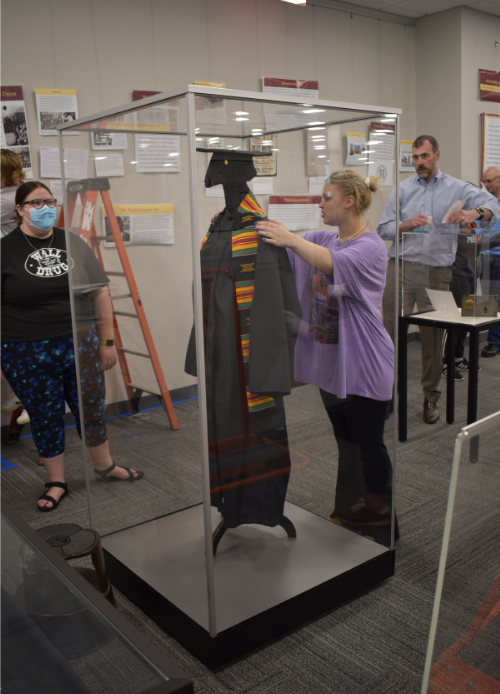











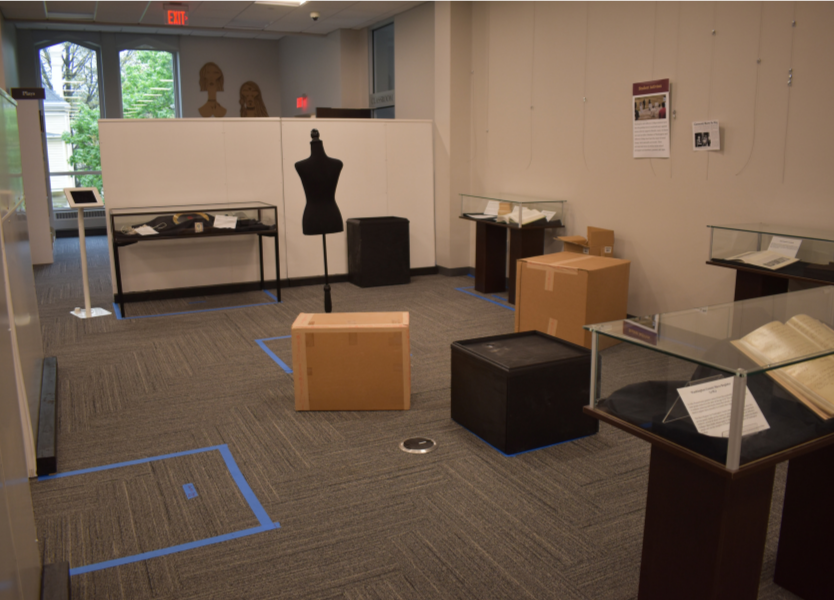
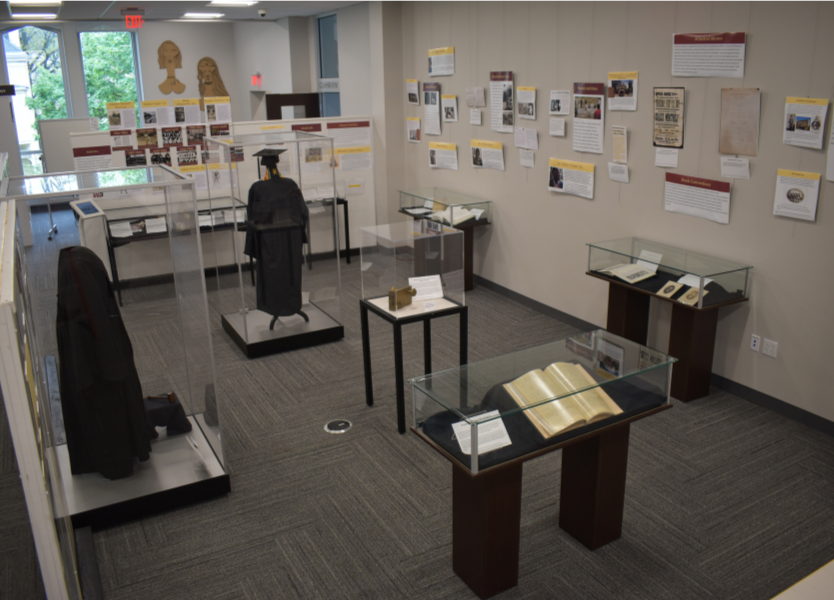









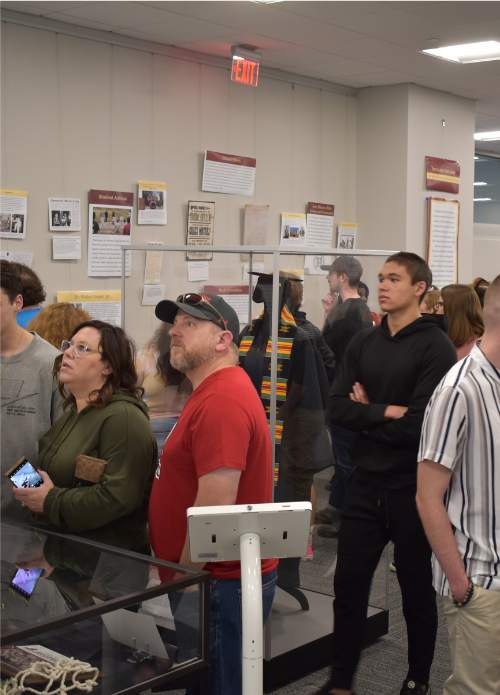
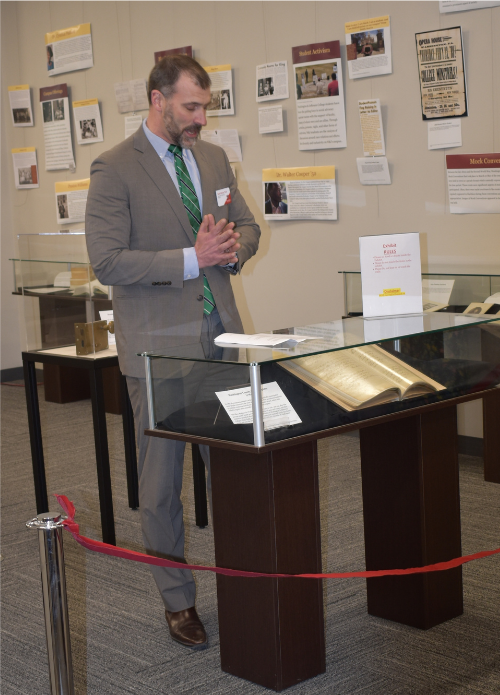
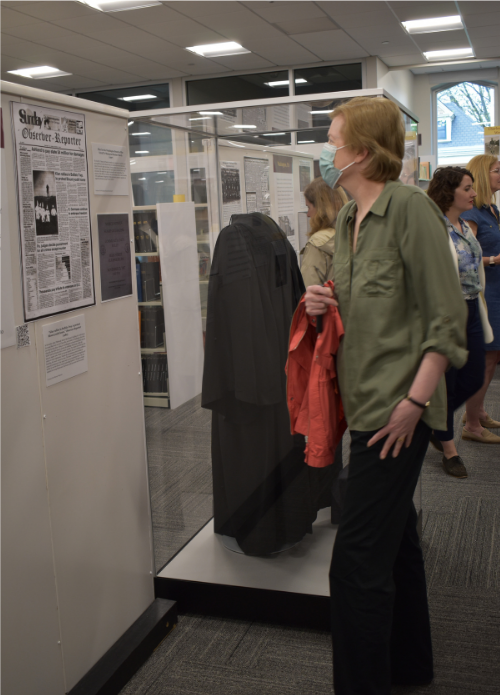
.png)


